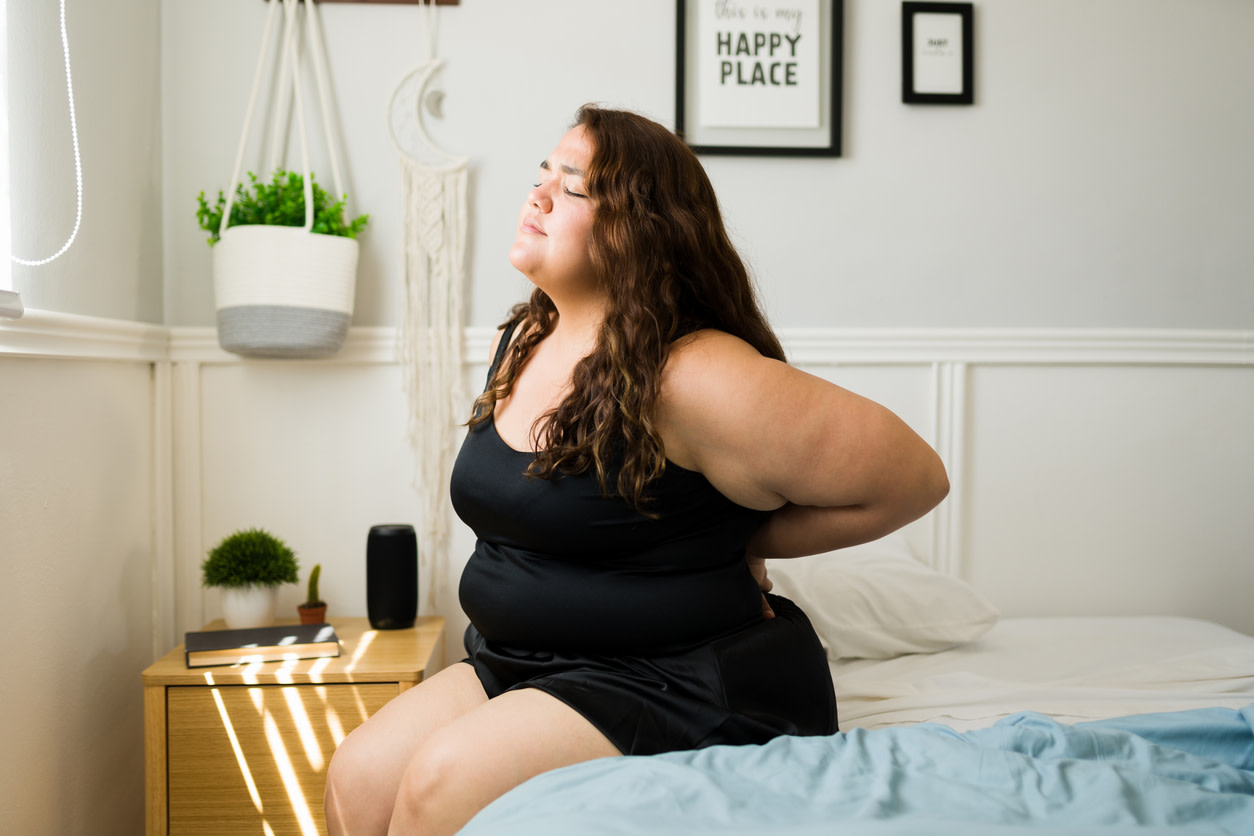Back pain after C-section: causes, tips, and exercises to feel better
Back pain after cesarean delivery can be uncomfortable and feel limiting. Find out what exercises physical therapists recommend for relief.
$0 costo para usted
Fecha de Publicación: Aug 6, 2025
El índice
Fully Covered Pelvic Care
Find relief from pelvic pain, leakage, muscle weakness, & more.
Check if I'm eligibleExercises for back pain after C-section
Want expert care? Check if you're covered for our free program →- Diaphragmatic breathing
- Abdominal bracing
- Standing child’s pose
- Hip flexor stretch
- Seated side bend
- Glute stretch
